

Curated collections
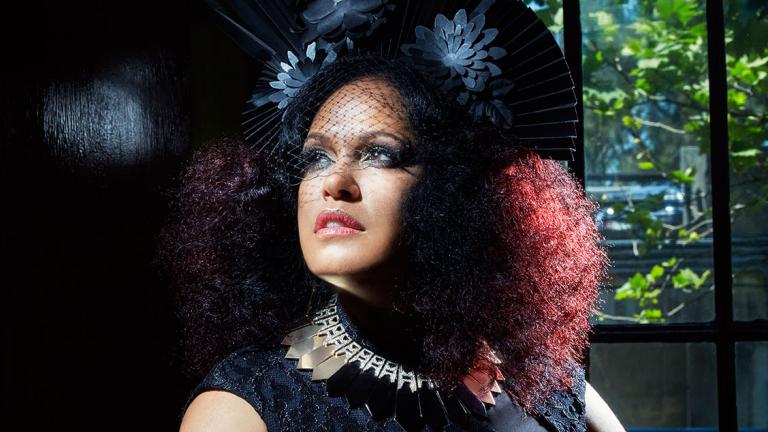
A celebration of First Nations culture
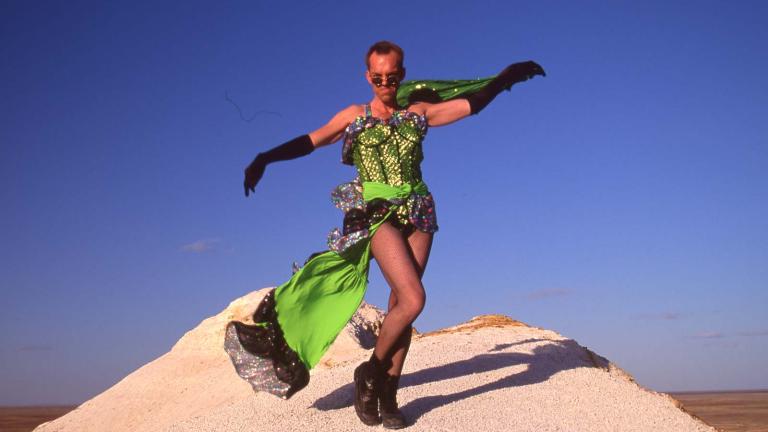
The Adventures of Priscilla, Queen of the Desert
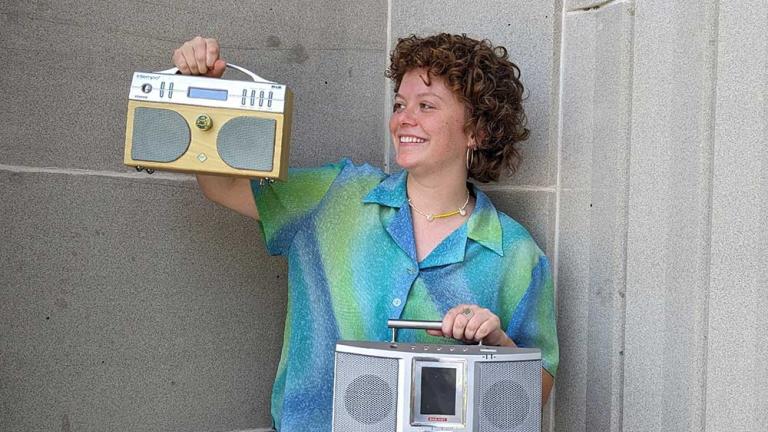
Radio 100 digital exhibition
Category
Subject
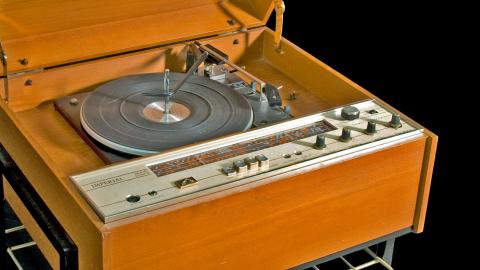
Vintage Sound Equipment
Vintage sound recording and reproduction equipment from the NFSA's artefacts collection.
Together, these beautiful artefacts contribute to the story of recorded sound in Australia.
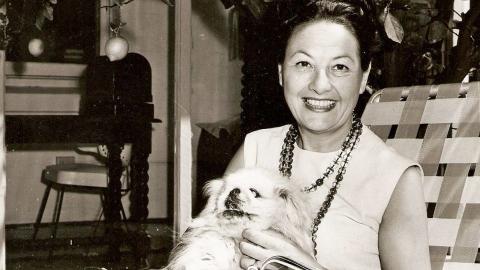
Binny Lum
Listen to Binny Lum's radio interviews with the Beatles, Barbra Streisand, Dame Joan Sutherland, Fred Astaire and more.

Sounds of Australia 2007
Sounds of Australia began in 2007 to celebrate sound recordings with cultural, historical and aesthetic significance.

Life in Australia series
The Life in Australia series showcased Australian cities in an idyllic light, hoping to attract prospective immigrants with carefully tailored visions of a peaceful, prosperous life in attractive settings.
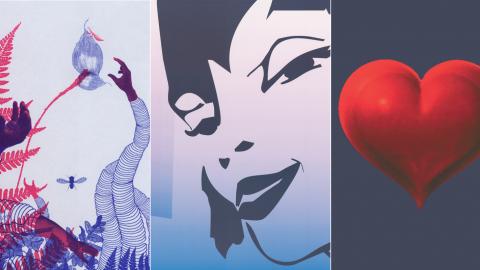
The Art of Festival Posters
Designed to attract an audience and to project an identity, festival posters are an essential tool in the marketing and branding of festivals.
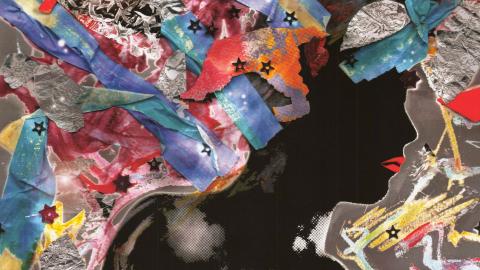
Polish film posters
The art of poster-making flourished in Poland following the Second World War.
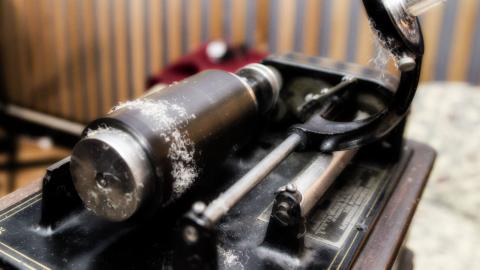
Wax Cylinders
Long before vinyl records, cassette tapes and compact discs, there were wax cylinders.
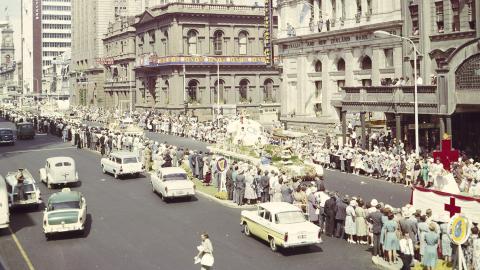
Adelaide Time Capsule
From the city to the sea, the hills to the festivals, enjoy the sights of Adelaide!

Taussig portraits
These Studio Manasse portraits capture the 'new woman’ of the 1920s and 30s: confident and provocative.
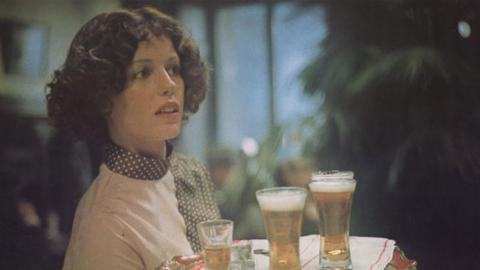
Caddie
View behind-the-scenes collection items relating to Caddie, a breakthrough Australian film of the 1970s starring Helen Morse.
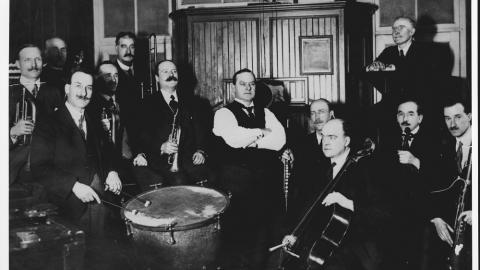
First World War: Popular Music
Thousands of songs were written about the First World War. Many were destined to disappear before or soon after the cessation of hostilities but others became big hits at the time.
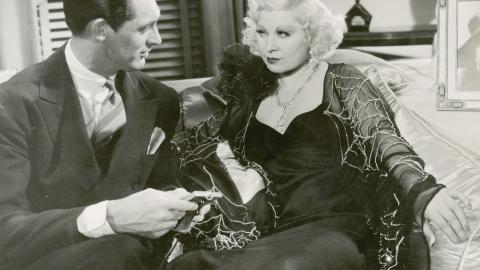
Taussig Hollywood
From Garbo to Valentino, the Taussig Film Stills Collection features the world's first movie stars.

Crocodile Dundee
Crocodile Dundee remains the most commercially successful Australian film ever made, with Paul Hogan’s iconic Mick Dundee at the heart of the film.
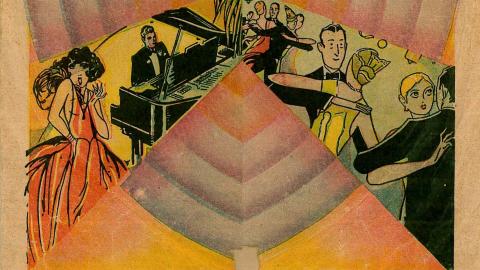
Early record sleeves: Australia
In the first half of the 20th century, music was commercialised on 78 rpm shellac discs which could hold a little over three minutes on each side.

A Taste of Sounds of Australia
Here are 25 of the Sounds of Australia: recordings with cultural, historical and aesthetic significance and relevance.
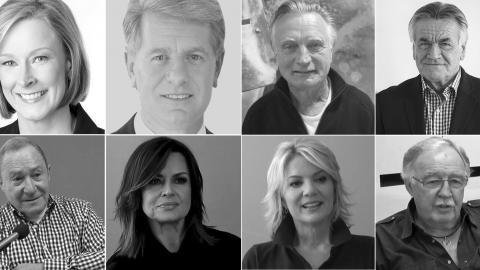
Oral History - TV Journalists
Many high-profile television journalists have contributed to the NFSA's Oral History program.
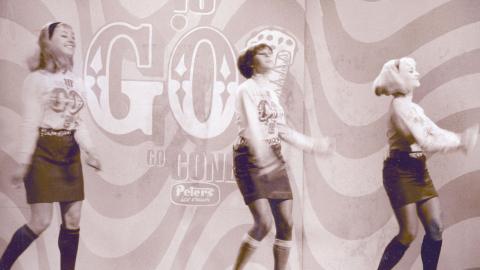
The Go!! Show
Go!! helped launch the 0-10 television network in 1964 and was ‘Australia’s swingin’est teenage show’.
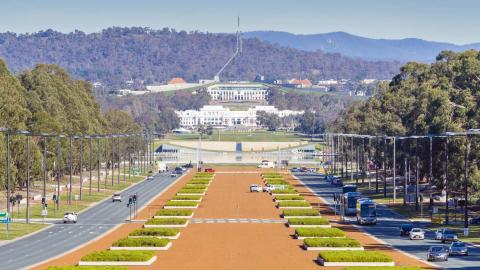
Canberra time capsule
A rare 100-year record of the birth and development of the national capital of Australia from its foundation in 1913 to its centenary celebrations.
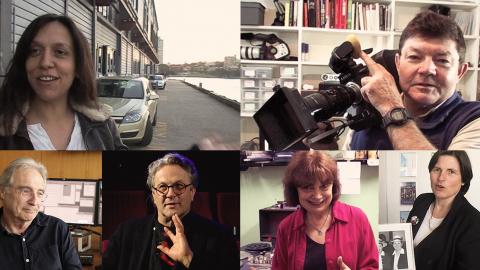
Filmmaker Interviews
In addition to preserving Australia’s filmmaking past and present, the NFSA also recognises the importance of learning from filmmakers themselves.
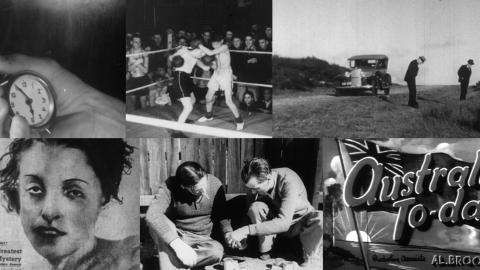
Newsreels - Australia Today
Australia Today billed itself as a 'digest of current events’.
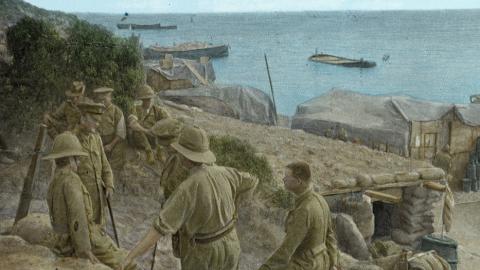
Gallipoli Campaign
This collection includes images of Anzac troops in Egypt and Gallipoli, some beautiful hand-tinted glass slides and a couple of popular songs from the First World War era.
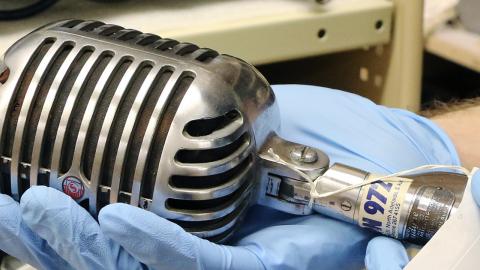
Oral History - Musicians
From punk rockers to pop darlings, these Oral History interviews highlight the depth and diversity of Australian music.
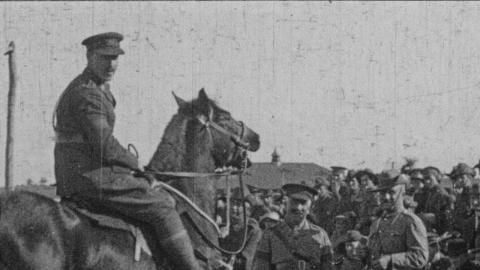
Newsreels - Australasian Gazette
The Australasian Gazette newsreels held at the NFSA span over three decades and capture political and national events, sport and entertainment.
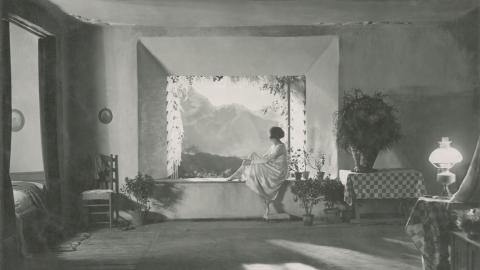
Taussig Europe
Thousands of classic European film stills and portraits from the beginning of cinema to the 1930s are now preserved at the NFSA.
The National Film and Sound Archive of Australia acknowledges Australia’s Aboriginal and Torres Strait Islander peoples as the Traditional Custodians of the land on which we work and live and gives respect to their Elders both past and present.